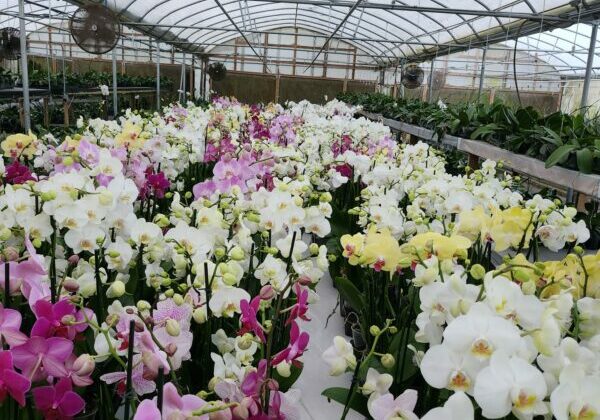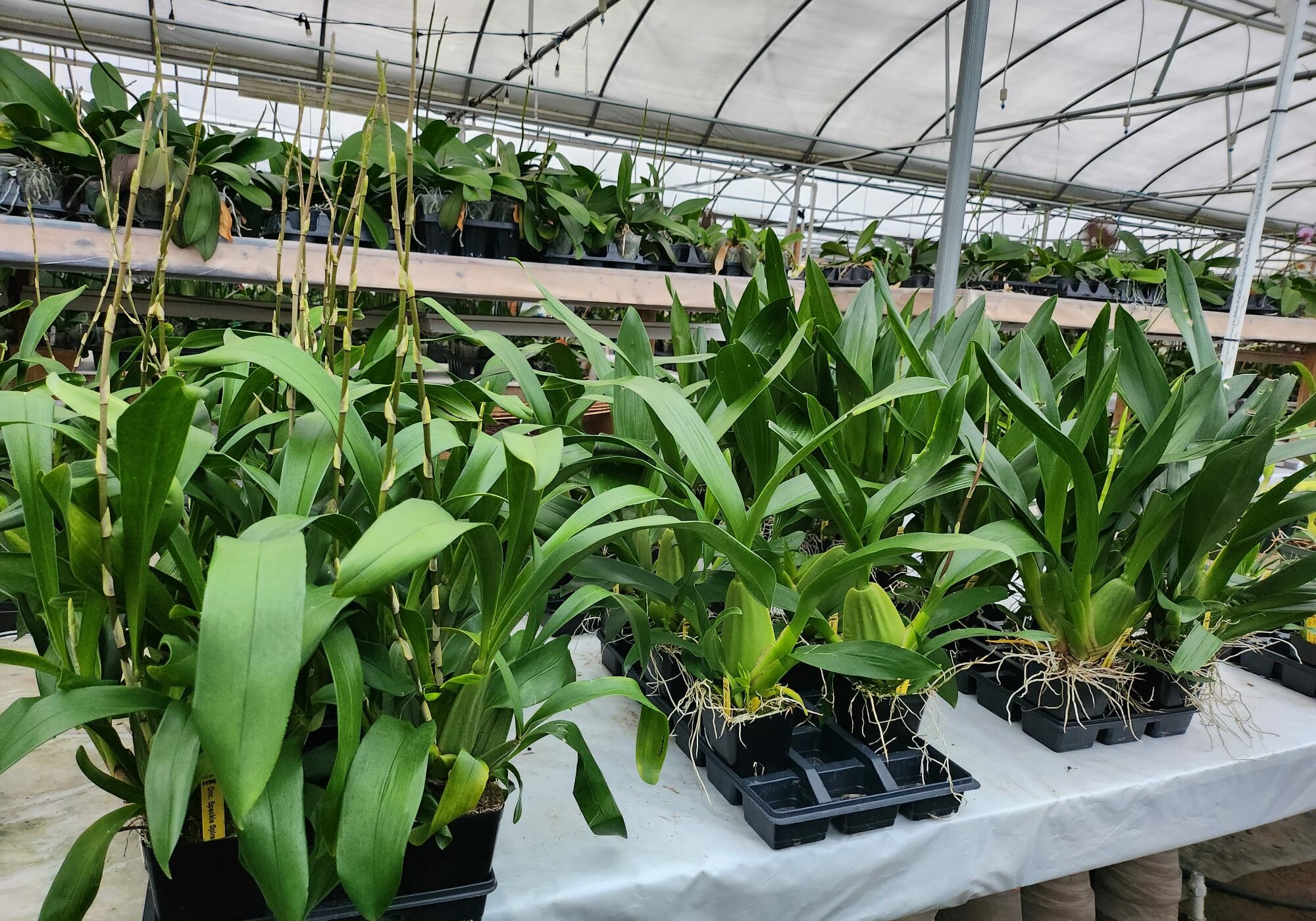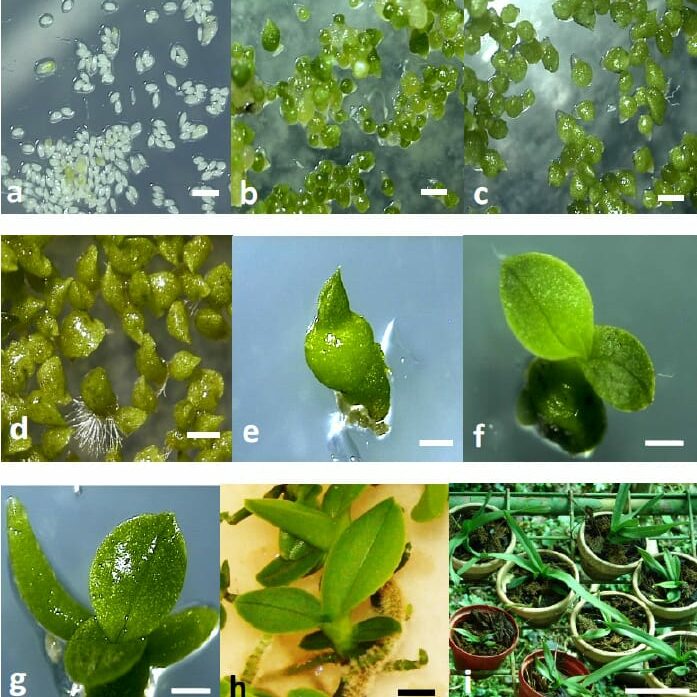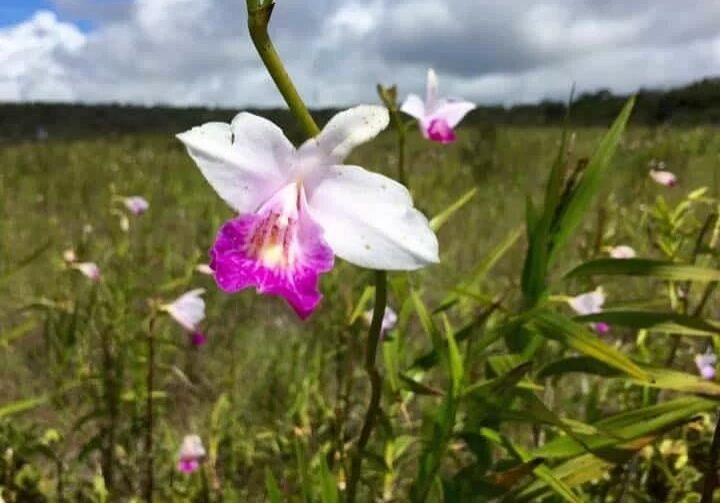About Orchids By Don & Sue Baker


What?
Orchids are the largest genus of flowering plants, with at least one-third, and perhaps as many as one-half of all the flowering plants on earth belonging to this genus. There are, by best estimates, 25,000-30,000 orchid species and more are discovered in remote spots every year even now. Orchids are found in drawings from ancient Asian societies and have been a revered plant for thousands of years. Most orchids are found in tropical or sub-tropical areas, but they also inhabit inhospitable areas like Alaska. Every state in the U. S. has orchids native to it, with Florida naturally having the largest number. Most of these orchids are deciduous, dropping their foliage in fall and springing back to life when warmer temperatures return. It may surprise that Alaska has more indigenous orchids than Hawaii because Hawaii is a group of volcanic islands and was therefore cut off from the genetic interplay of the rest of the world.
How?
Orchids need very exacting conditions to reproduce sexually. To germinate orchid seed certain fungal strains need to be present in the soil. The fungus provides the developing embryo of the seed with vital nutrients, which the seed cannot produce for itself. In the 19th century Europeans trying to germinate seed from the Americas thought orchid seed was sterile until someone had the bright idea to bring back some soil along with the plants. Most orchids today are reproduced through tissue culture, with a single plant producing thousands of offspring. This technology has speeded up the reproduction of orchids and has been the biggest factor in the rapid decline in the price of orchids over the last 30 years.


where
Are orchids "thinking plants"? Most orchids are found in tropical climates; lots of other flowering plants flourish there and they compete with orchids for potential pollinators - birds, moths, bats, flying insects etc. Orchids have prospered even with all these competing plants by being more adaptable than other species. Some orchids give off a scent that attracts pollinators, sometimes mimicking the sexual scents of birds or insects. Others mimic the sexual parts of moths to attract these moths, who think they are ensuring the next generation of moths, not orchids. Charles Darwin in his expedition on the H.M.S. "Beagle" in the 1830's saw one orchid with a 6' deep throat and he postulated the existence of some pollinator with a 6" beak, or some specialized insect, to reach the sexual parts of the orchid. That pollinator, a hummingbird with a 6" beak, was later discovered.